Understanding mosquito breeding patterns and identifying stagnant water sources is crucial for effective mosquito control. Key strategies include eliminating standing water, using natural predators and plants for repelling mosquitoes, applying targeted chemical treatments with safety guidelines, fostering community involvement through education, and maintaining well-drained landscapes. Regular monitoring and evaluation of control strategies are essential for long-term management success in reducing mosquito populations and mitigating disease risks.
Mosquitoes are a ubiquitous pest, but their breeding poses a significant public health risk. This article delves into comprehensive mosquito control strategies, from understanding intricate breeding patterns to implementing eco-friendly and chemical treatments. We explore effective methods of identifying risk areas, fostering community involvement, and adopting preventive measures. By examining the latest monitoring and evaluation techniques, readers gain insights into optimizing mosquito control programs for safer, healthier environments. Discover practical steps towards mitigating mosquito-borne diseases through targeted and sustainable practices.
Understanding Mosquito Breeding Patterns
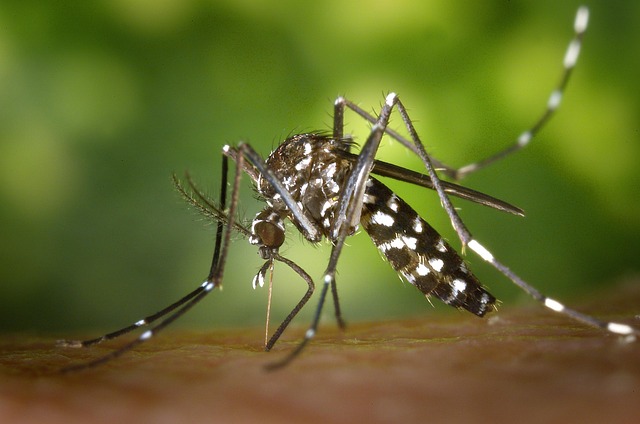
Understanding mosquito breeding patterns is a crucial step in effective mosquito control. These flies thrive in stagnant water, making their breeding grounds easy to identify and target. They lay their eggs in various bodies of water, from small puddles to large ponds and even discarded containers. By regularly inspecting and eliminating potential breeding sites around homes and communities, we can significantly reduce the mosquito population.
During the initial stages, mosquitoes breed rapidly, with female flies laying hundreds of eggs per batch. Knowing this cycle allows for proactive measures like draining standing water and using insecticides strategically. Regular maintenance and public awareness are key to managing these breeding patterns, ensuring a healthier environment and reducing the risk of mosquito-borne diseases.
Identifying Breeding Grounds and Risk Areas
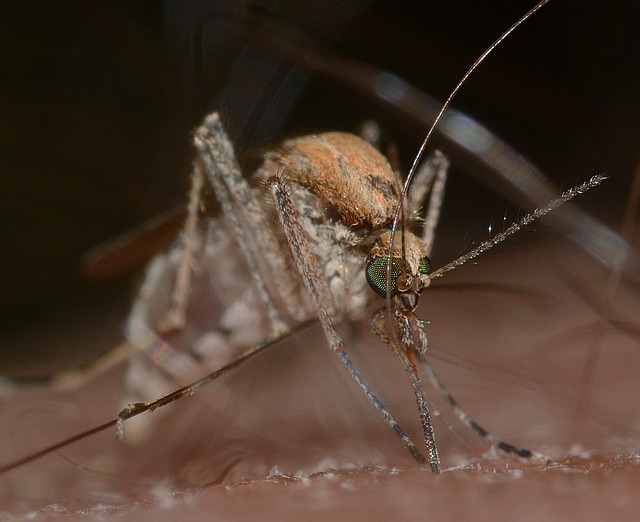
Identifying mosquito breeding grounds is a critical step in effective mosquito control. These insects breed in stagnant water, so areas with standing water like clogged gutters, buckets, flower pots, old tires, and birdbaths are prime real estate for them. Even small accumulations of water can support their lifecycle, making it essential to regularly inspect and empty containers that may hold water near your home or business.
Risk areas are often determined by factors like geographical location, climate, and human activity. Certain regions are more prone to mosquito-borne diseases, while urban areas with dense populations can facilitate the rapid spread of insects. Understanding these risk factors helps in implementing targeted mosquito control measures tailored to specific needs.
Natural and Eco-friendly Control Methods
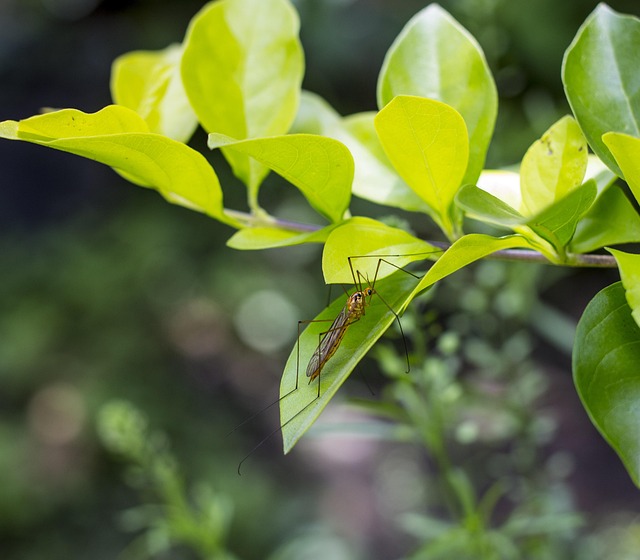
Many homeowners prefer natural and eco-friendly mosquito control methods due to their minimal impact on the environment. One effective approach is to eliminate standing water, as mosquitoes breed in stagnant water. Regularly emptying flowerpots, birdbaths, and buckets can significantly reduce breeding grounds. Additionally, introducing natural predators like fish and dragonflies into water bodies can help control mosquito populations.
Planting certain herbs and flowers, such as citronella, lavender, and marigolds, has been shown to repel mosquitoes naturally. These plants release compounds that disrupt the mosquitoes’ sensory systems, making them less attracted to the area. Using organic repellents and essential oils derived from these plants is another safe alternative to synthetic chemicals, offering a more sustainable approach to mosquito control.
Chemical Treatments for Mosquito Breeding Sites

Chemical treatments offer a powerful solution for mosquito breeding control. These methods involve applying specific chemicals to identified breeding sites, such as stagnant water in ponds, buckets, or tires. Insecticides, larvicides, and adulticides are commonly used to target different stages of the mosquito lifecycle. Insecticides kill adult mosquitoes upon contact, while larvicides are designed to enter the water and eliminate larvae. Adulticides can be sprayed in the air to quickly reduce flying mosquito populations.
When implementing chemical treatments, it’s crucial to follow safety guidelines and local regulations. Professional applicators carefully select the appropriate chemical for the specific breeding site and ensure minimal impact on non-target organisms and the environment. Regular monitoring and treatment are essential to break the mosquito breeding cycle effectively, providing long-lasting relief from these pests and reducing the risk of diseases they may transmit.
Community Involvement in Mosquito Control Programs
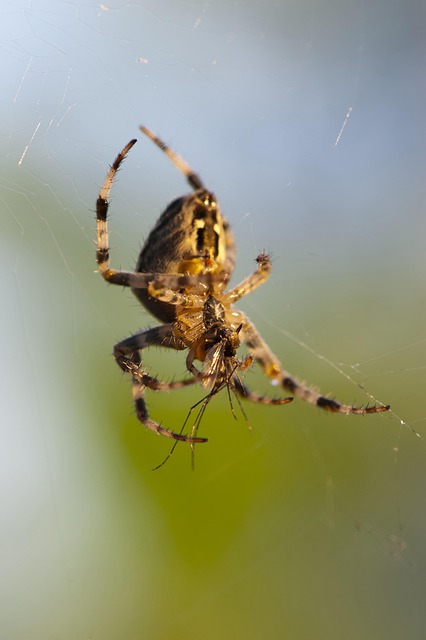
Community involvement is a crucial aspect of successful mosquito control programs. By engaging residents, local governments can create a collaborative environment that enhances the effectiveness and longevity of efforts to combat mosquito breeding. Educating folks on the importance of removing standing water—a primary breeding ground for mosquitoes—can significantly reduce the mosquito population. Simple actions like emptying containers, cleaning gutters, and maintaining pools in proper working order can collectively make a big difference.
Involving communities also ensures that mosquito control strategies are tailored to local needs and environments. Through community-led initiatives, residents can monitor areas prone to mosquito breeding, report incidences of illness related to mosquitoes, and actively participate in the implementation of preventive measures. This collective approach not only empowers individuals but also fosters a sense of shared responsibility, ultimately leading to more sustainable mosquito control outcomes.
Preventive Measures to Reduce Mosquito Populations
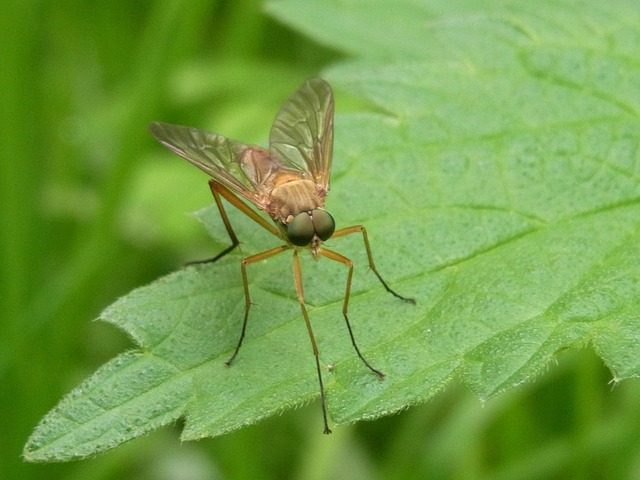
Preventing mosquito breeding is a key strategy in mosquito control. This involves taking proactive steps to eliminate or reduce standing water, as mosquitoes lay their eggs in stagnant water. Individuals can play a significant role by conducting regular inspections of their properties and removing any potential breeding sites, such as old tires, buckets, or clogged gutters. Simple actions like emptying containers and cleaning birdbaths can go a long way in reducing mosquito habitats.
On a community level, public efforts to maintain well-drained landscapes and properly manage water features can significantly impact mosquito populations. This includes ensuring proper irrigation systems and regular maintenance of drainage systems. Additionally, using natural predators like fish that feed on mosquito larvae in ponds or implementing biological control methods, such as introducing larvicular bacteria, can be effective strategies for long-term mosquito control.
Monitoring and Evaluation of Mosquito Control Strategies

Monitoring and evaluating mosquito control strategies is a critical component of any successful long-term mosquito management program. This involves regularly assessing the effectiveness of implemented methods, such as larvicide applications, adulticide sprays, or habitat manipulation techniques. By collecting data on mosquito populations, distribution, and behavior, professionals can identify which areas require additional intervention and adjust their strategies accordingly.
Effective monitoring includes using traps and surveys to measure mosquito numbers, species composition, and exposure to control measures. These data provide insights into the overall success of mosquito control efforts and help target specific habitats or areas where breeding is persistent. Regular evaluation ensures that control programs remain adaptive, responsive, and aligned with the evolving needs of communities, ultimately enhancing the quality of life by reducing mosquito-borne disease risks.
